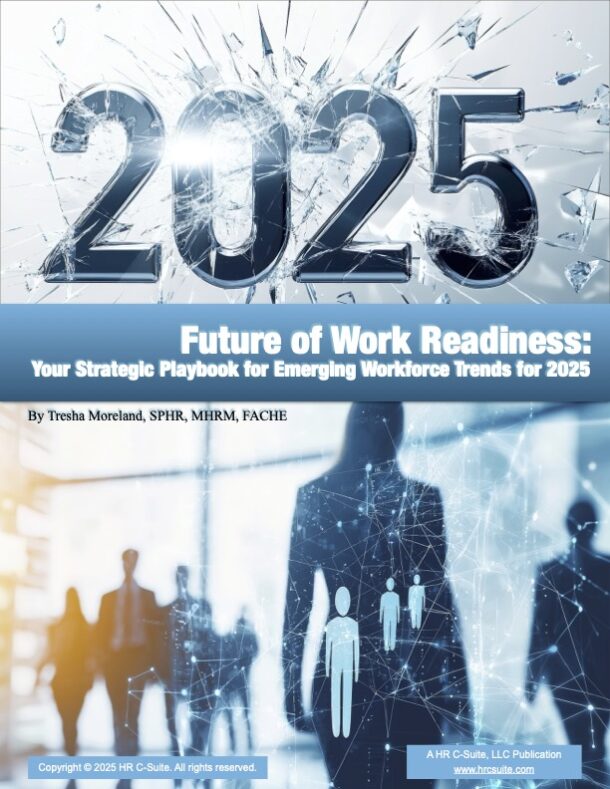While the pandemic isn't certainly over, the country has significantly lowered its COVID-19 cases. This means companies are getting back to ‘business as usual’ and employees are heading back to the office.
However, what most employees have been anticipating all year round is now causing a lot of stress to them. What can employers do to make return-to-work less stressful in the new normal?
Make Employees’ Well-Being a Top Priority
The pandemic has taken a toll on employees' well-being, and many working adults are feeling a sense of uncertainty. That said, organizations should make an effort to create a safe and reassuring environment for their employees.
This includes taking all precautions for their safety, such as maintaining social distancing, requiring the use of face masks, and adopting a comprehensive cleaning policy.
Organizations should also consider providing an employee assistance program (EAP) or health plan that has mental health coverage. Normalizing mental health care is important so people who are dealing with it won't have to keep their problems a secret.
In addition, companies can make a list of local mental health resources, such as therapists, psychiatrists, fitness classes, and suicide hotlines to encourage employees to seek help when needed.
Share Accurate and Timely Information
Workplace transparency helps set the stage for employee satisfaction and engagement. Keeping them updated with good and bad events happening in the company is a good practice that employees find valuable.
In this period of high uncertainty, it's more important for businesses to proactively communicate to their employees how they are responding to the crisis. Shifts in customer demand, supply chain disruption, and changes in a regulatory or competitive environment are just some of the things that employees would care to know about.
Being transparent is also a great way to solicit the support of employees. When they know what’s going on, employees are more likely to feel motivated to contribute more to their teams.
Keep the Lines Open
Communication during a crisis is important. Leaders should communicate to their members with transparency, urgency, and empathy.
Transparency builds trust and conveys respect for employees, urgency encourages people to make quick decisions, and empathy conveys hope and fosters resilience during these challenging times.
It's also important for leaders and managers to check in with their teams through one-on-ones and town hall meetings.
Creating a safe place for employees to express their concerns and cheer each other on, is one of the best ways to help them deal with anxiety and stress.
Implement Recommended Public Health Measures
Companies should ensure infection control and prevention in the workplace by adhering to the recommended public health measures.
The Department of Labor has created the Interim General Guidance for all workers and employers. These include wearing face masks, using alcohol-based sanitizers with at least 60% alcohol, disinfecting frequently touched surfaces, and practicing good respiratory etiquette.
Furthermore, companies (even in low-risk areas or industries should remain aware of the evolving trends in community transmission. That said, employers should monitor public health communications and COVOD-19 recommendations provided by the government through the OSHA and CDC websites.
Go Hybrid
Organizations should acknowledge the fact that the "normal" has changed, and therefore, be open to exploring different ways of working.
A booming setup that many companies find very beneficial is the hybrid workforce.
In this model, some employees work from home while others work from the office. For employees, this means more freedom concerning when and where they can work from.
Such increased autonomy enables employees to juggle work and personal life. It also increases job satisfaction, which results in improved employee happiness - something that every organization needs during this crisis.
For companies, the benefits of a hybrid work model include better productivity, employee engagement, and reduced business costs. However, to support this model, organizations must invest in the right technology. Essentially, they need tools for communication, project management, and employee time-tracking, and more.
Conclusion
The impact of the COVID-19 pandemic on the global workforce continues. It's truly a difficult time, which is why companies should take every measure to reduce the anxiety that the crisis has brought to their employees.
Providing psychological support, adopting proper health measures, and offering job flexibility are some of the best ways to help employees deal with the pandemic stress and adapt to the new normal.











